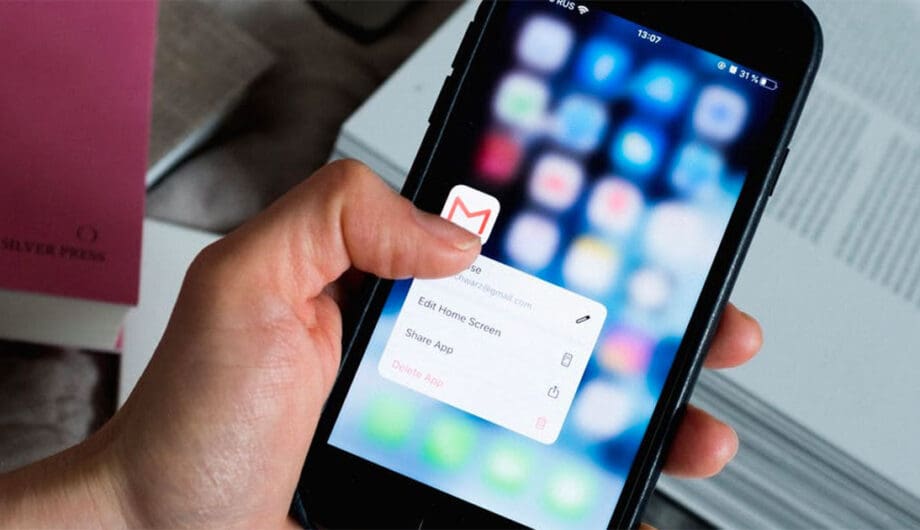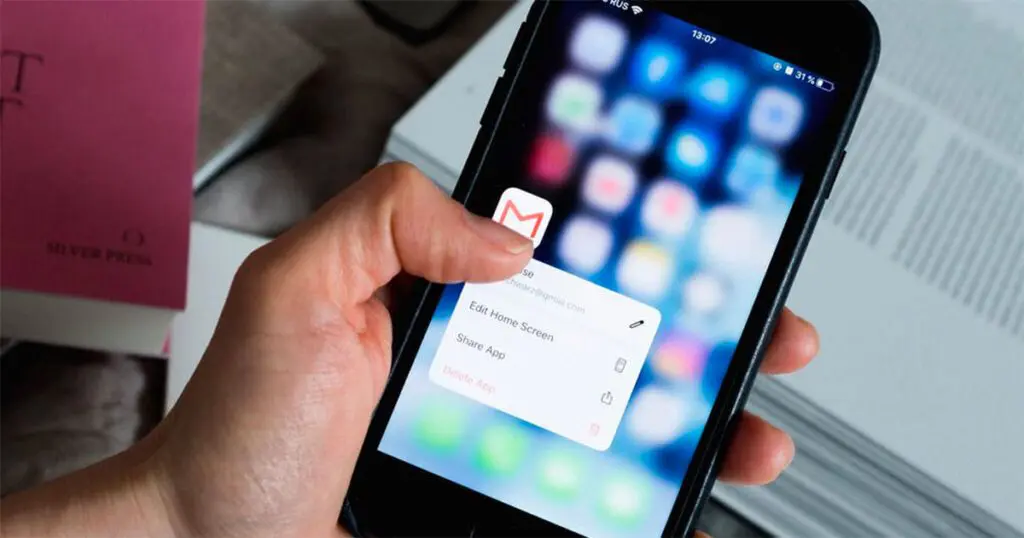
Do you want to have your own company email address, but don’t want to check yet another email address. I hear you.
Instead of setting up an actual email account, you opt to do a “forwarder” where an email address exists, but those emails forward to whatever email you usually use, like Gmail.
This can work, but I wanted to spell out some real challenges and pitfalls of doing a forwarder instead of a real email address.

You can’t reply from your business email address
If your email only forwards to your Gmail or Yahoo email address, when you go to reply to that email, it’s going to come “from” your Gmail or Yahoo or whatever email, and not “from” your business email address.
Yes, if you are savvy enough you can set up an alias so you can send from that email address too, but most people don’t, and so their responses come from their personal email.
Sending business email from your personal account can be confusing for your clients and can look unprofessional.
It mixes up personal and business email
If your business emails forward to your personal email address, then you are going to have your business and personal emails intertwined. You may not mind that so much, but consider this: if you aren’t working on the weekends or evenings or want to take a vacation, but want to check your personal mail… you’re getting work email too.
And as someone who is a bit of a workaholic, I can tell you that it’s almost impossible to ignore those work emails. Keep your email separated. It takes a little more work to manage two inboxes, but it’s worth it.
You can even set up one email program (like MacMail or Outlook) to check both email accounts and deposit those emails into one place to make it easier to manage, and then you can pause your work email when you aren’t using it.
It also helps if you change businesses or close, because you can close up your work email too. If you are using a personal email, you’ll still continue to get those work emails even after you no longer do that work.
It can cause spam issues
I had a client who had a bunch of employees who only wanted forwarders, but couldn’t set up or manage an actual email account. Against my advice, we set them up with forwarders. Some of them forwarded to their Gmail addresses.
Somehow, some of these folks ended up getting their email addresses on some spammer lists, which mean they were receiving a lot of spam at those email addresses. Which you would normally think would only be an issue for them since it’s email they are receiving. And obviously, they weren’t happy about getting the spam, but there was ultimately a bigger problem.
When an email would come in to that forwarding address, it would then be forwarded directly to their personal Gmail address. Guess what that looked like to Gmail? It looked like their work email was sending spam to Gmail.
When we tried to send newsletters to clients in Constant Contact that were set up to come “from” their email address, they would all go to spam. Or worse, they’d bounce back altogether.
It’s hard to get an email address out of Gmail jail. There’s not a process for getting off the list, you have to stop sending spam and wait until the Google overlords remove you from the list.
Your forwarded emails can also start landing in your own Gmail junk folder, making you miss a lot of important messages.
The only pro of forwarding an email is that you don’t have to manage more than one inbox, but in my opinion the risks outweigh the benefits. Figure out a way to manage your business email separately. You’ll look more professional and have less issues in the long run.
Amy Masson
Amy is the co-owner, developer, and website strategist for Sumy Designs. She's been making websites with WordPress since 2006 and is passionate about making sure websites are as functional as they are beautiful.
